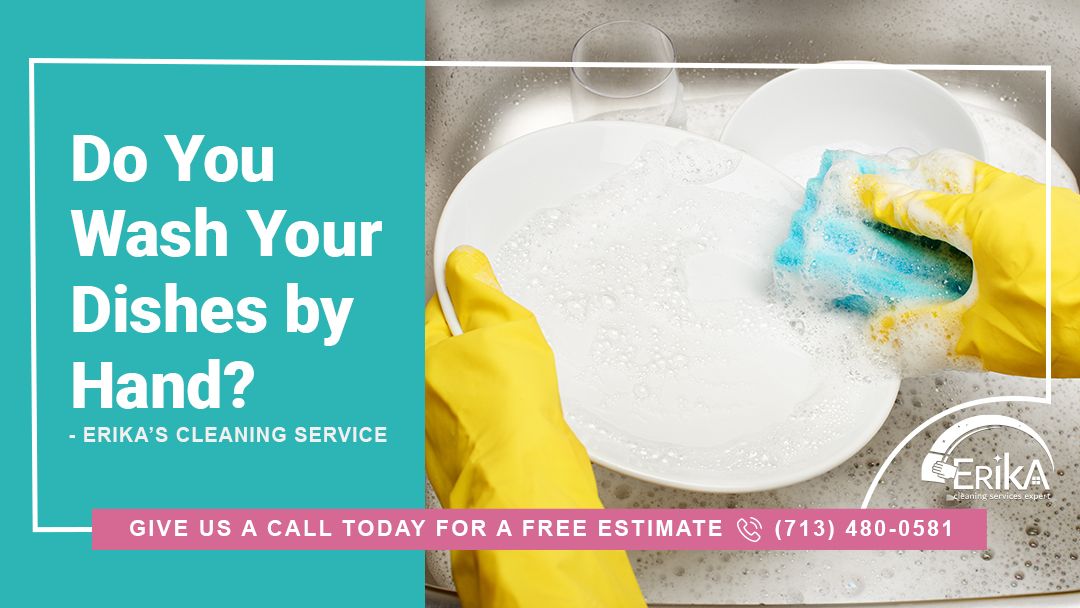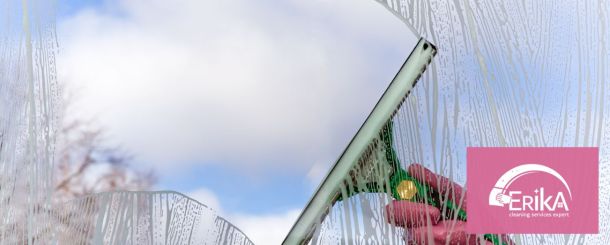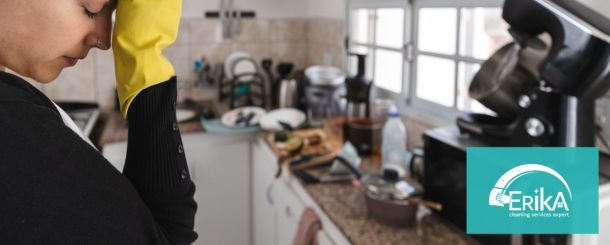Do You Wash Your Dishes by Hand?
Popping your pots, pans, plates, and other used tableware items into the dishwasher is a major time saver; the appliance does all the heavy lifting, from rinsing and cleaning to sanitizing and drying.
First, clean your sink.
Before getting to your dishes, you'll want to make sure the temporary home you're placing them in is clean. Vinegar is the best natural cleaner to sanitize the area, along with a cleaning cloth or sponge. Remember to launder dishcloths regularly and keep any washing tools clean and dry in between uses. Boil or microwave your sponge to kill bacteria.
Get the dishes squeaky clean.
Using an EPA-registered antibacterial dish soap is essential to sanitize your dirty dishes; they kill 99.9 percent of bacteria and rids surfaces of germs in 30 seconds. We recommend that you dilute one part product to 20 parts water. Allow dishes to sit in the solution for 30 seconds, then wash and rinse thoroughly as you normally would. Give your dishes even more time to soak before washing, if you'd like. Allowing them to sit in the solution before scrubbing and rinsing can help the soap break down stuck-on food. Another pro tip? No matter the dish liquid you use, avoid mixing detergents or adding bleach, since this could release toxic fumes.
Consider a post-wash soak.
If you don't have a dishwasher, you can sanitize simply by using a hot water soak. If you opt for this technique, you'll still need to wash your dishes first. After this step, fill up a bin or the sink with water about as hot as you can get it (165 to 180 degrees). In the event that the tap water from your sink doesn't get that hot, you can use a kettle. From there, let the clean dishes soak in the steamy water for about one minute. Either let the water cool before reaching for the dishware or use silicone kitchen gloves to prevent burns.
Pay attention to how the dishes feel.
While dishes may sparkle after giving them a good cleaning, there could be leftover residue or caked-on food. One way to tell if a dish is still dirty is if it has a gritty, greasy, or soapy feel. If a stream of water doesn't flow uniformly on a dish's surface, there could be residue on it. There may even be bacteria or particles so small that you can't see or feel them. Using the scouring end of a good scrubber sponge can be a great way to break down food particles while handwashing.
Dry clean dishware with a towel.
Tackle the drying process as soon as the items are clean. Bell urges people to avoid air-drying, since this can expose dishes to bacteria. Instead, consider using a clean towel which absorbs water easily.
Wipe down your cupboard shelves.
Keeping the space where your dishes permanently reside is just as important as the rest of the sanitizing process; this also helps avoid cross contamination. Again, turn to a vinegar and water solution or another pre-made disinfectant, to get your cabinets and drawers clean. We suggest cleaning and disinfecting your silverware holder at least once a week. These are commonly made of plastic, stainless steel, or silicon, which means you can use the same process you use to clean your dishes. Be sure to wash down the inside of the drawer, as well!
 (713) 480-0581
(713) 480-0581
 Rosenberg, TX 77469
Rosenberg, TX 77469

This email address is being protected from spambots. You need JavaScript enabled to view it.
Source: Martha Stewart
In Erika's Cleaning Services, we have built our house cleaning service on trust and satisfaction. When we clean your home, we will treat it with the utmost care and respect. Our excellent references speak for themselves. We have been providing professional house cleaning services to many satisfied customers for many years.

 Houses
Houses Apartments
Apartments Move In - Move Out
Move In - Move Out Post Construction
Post Construction Offices
Offices Maintenance Building
Maintenance Building Schools
Schools Retail
Retail Post Construction
Post Construction







